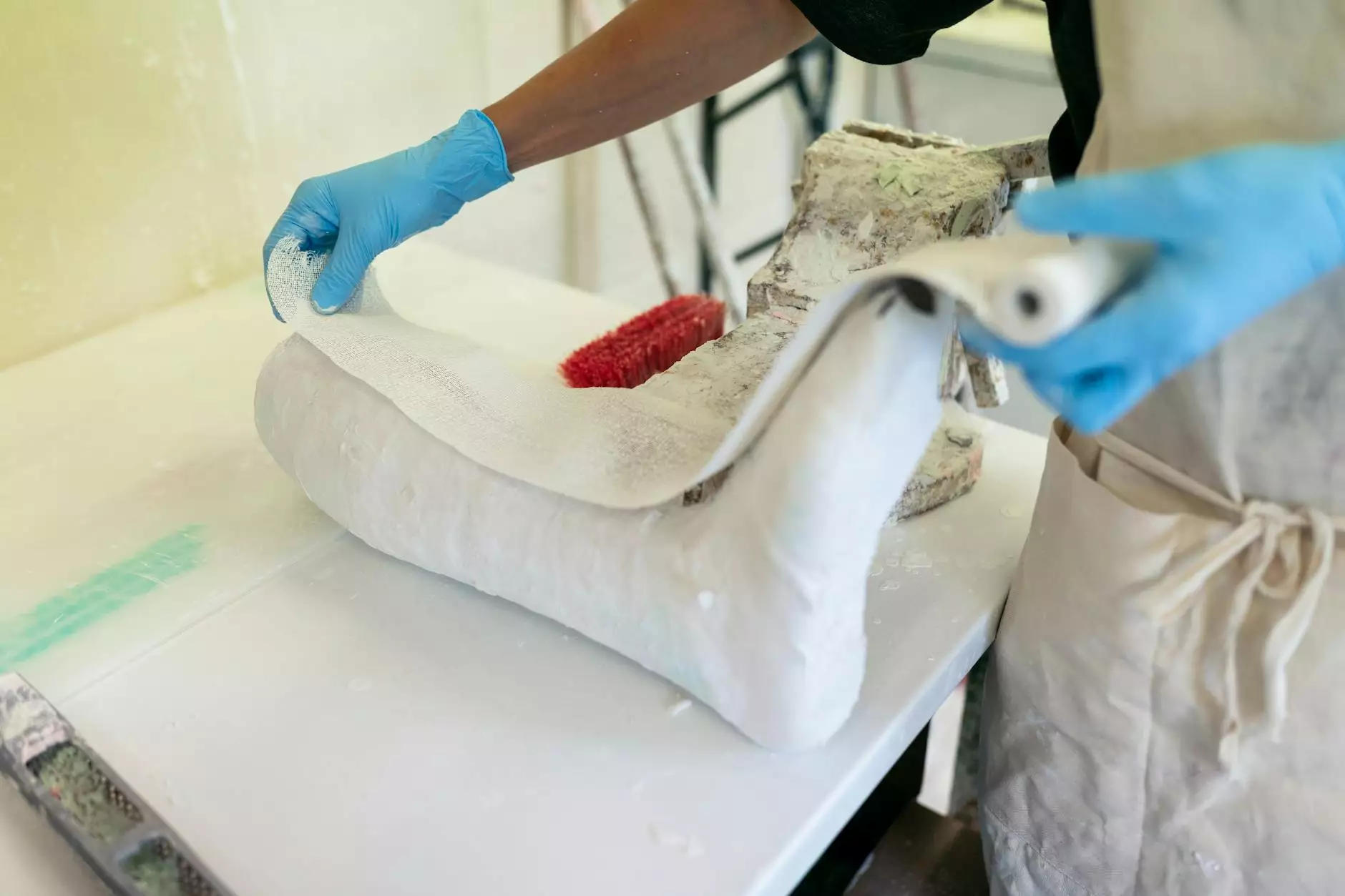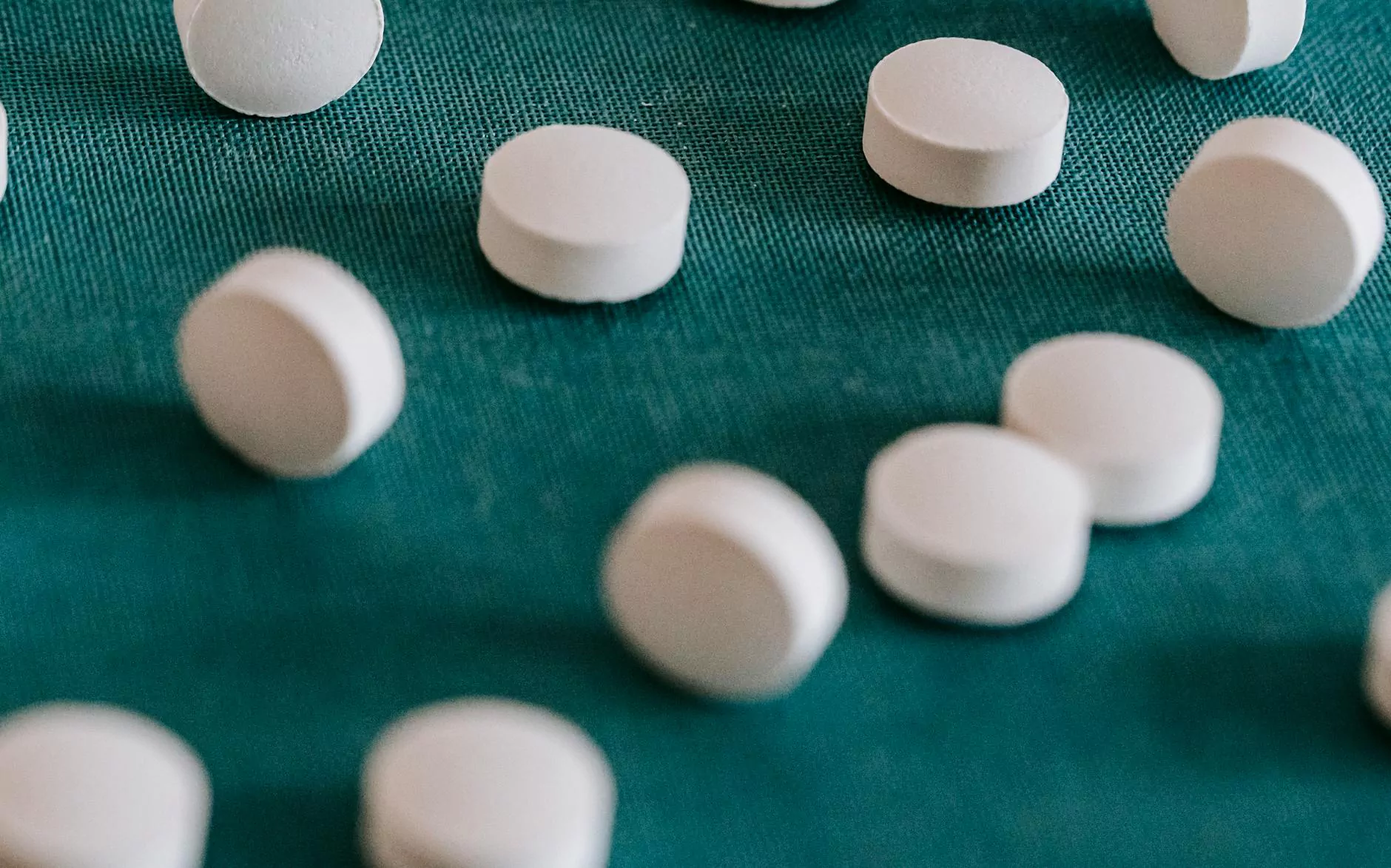What Does a Blood Clot in the Calf Feel Like?

Understanding what does a blood clot in the calf feel like is crucial, as early recognition can make a significant difference in treatment outcomes. Blood clots, also known as deep vein thrombosis (DVT), occur when blood thickens and clumps together, typically in the deep veins of the legs. Recognizing the symptoms and sensations that accompany blood clots can help individuals seek timely medical intervention.
Understanding the Basics of Blood Clots
Before delving into the specific sensations associated with blood clots in the calf, it is important to understand what they are and how they form. Blood clots are formed as part of the body's natural healing process. They can occur due to:
- Prolonged Immobility: Sitting for long periods, such as during long flights or car rides.
- Injury: Trauma to the veins can lead to clot formation.
- Medical Conditions: Certain conditions like cancer, heart disease, or genetic disorders can increase the risk of clots.
- Hormonal Changes: Birth control pills or hormone replacement therapy can affect clotting factors.
Common Symptoms of a Blood Clot in the Calf
Individuals with a blood clot in the calf may experience a range of symptoms that can vary depending on the size and location of the clot. Here are some common sensations associated with this condition:
1. Swelling
One of the most prominent signs of a blood clot in the calf is sudden swelling in one leg. This may occur gradually or rapidly and often affects only the afflicted leg.
2. Pain or Tenderness
Patients may report a feeling of pain or tenderness in the calf, which can sometimes be misinterpreted as a muscle cramp or strain. The pain may feel like a dull ache or sharp discomfort.
3. Warmth in the Affected Area
Increased warmth and redness in the calf can signal the presence of a blood clot. This warmth is often localized to the area affected by the clot.
4. Color Changes
The affected leg may exhibit discoloration, often appearing red or bluish. This change in color is due to impaired blood flow caused by the clot.
5. Hardness or Fullness
Individuals may notice a feeling of hardness or fullness in the calf muscle, which can occur as the clot obstructs normal blood flow.
When to Seek Medical Attention
Recognizing the symptoms of a blood clot in the calf is critical for preventing complications, such as a pulmonary embolism (when the clot travels to the lungs). Seek immediate medical attention if you experience:
- Severe pain or swelling in the calf
- Warmth and redness in the affected area
- Difficulty breathing or chest pain
- Rapid heart rate or fainting
Diagnosis and Treatment of Blood Clots
Upon presenting symptoms associated with what does a blood clot in the calf feel like, a healthcare provider will typically conduct a thorough evaluation, which may include:
1. Medical History and Physical Examination
The healthcare provider will gather information about the patient’s medical history, symptoms, and any risk factors for blood clots. A physical examination will help assess swelling, warmth, and tenderness.
2. Imaging Tests
To confirm the presence of a blood clot, several imaging tests may be performed, including:
- Ultrasound: The most common test used to visualize blood flow in the veins.
- CT or MRI: These imaging techniques may be used in certain cases to make a definitive diagnosis.
3. Blood Tests
Blood tests such as D-dimer may be conducted to help rule out or confirm the presence of a clot.
Treatment Options
If a blood clot is diagnosed, treatment plans may include:
- Anticoagulants: Medications such as heparin or warfarin are commonly prescribed to prevent the clot from growing larger.
- Thrombolytics: In more severe cases, clot-dissolving medications may be used.
- Compression Stockings: These can help reduce swelling and provide support during recovery.
- Regular Monitoring: Patients may need follow-up appointments to monitor their condition and the effectiveness of treatment.
Prevention of Blood Clots
Preventing blood clots, particularly for those at higher risk, is essential. Here are effective strategies to minimize the risk of developing clots in the calf:
- Stay Active: Regular physical activity can improve circulation and reduce the risk of clot formation.
- Avoid Prolonged Sitting: For those traveling long distances, take breaks to walk and stretch regularly.
- Hydrate: Maintaining proper hydration helps blood circulate more freely.
- Wear Compression Garments: If recommended by a physician, compression stockings can help support blood flow in the legs.
Conclusion
Being aware of what does a blood clot in the calf feel like can empower individuals to recognize the symptoms of this potentially serious health condition early. Prompt medical attention can lead to timely diagnosis and treatment, significantly improving health outcomes. If you suspect you have a blood clot or are at risk, consult with a healthcare professional for suitable advice and interventions.
At Truffles Vein Specialists, we specialize in vascular medicine and are equipped to provide comprehensive care for patients dealing with vein-related disorders, including blood clots. For more information, contact our office today!









